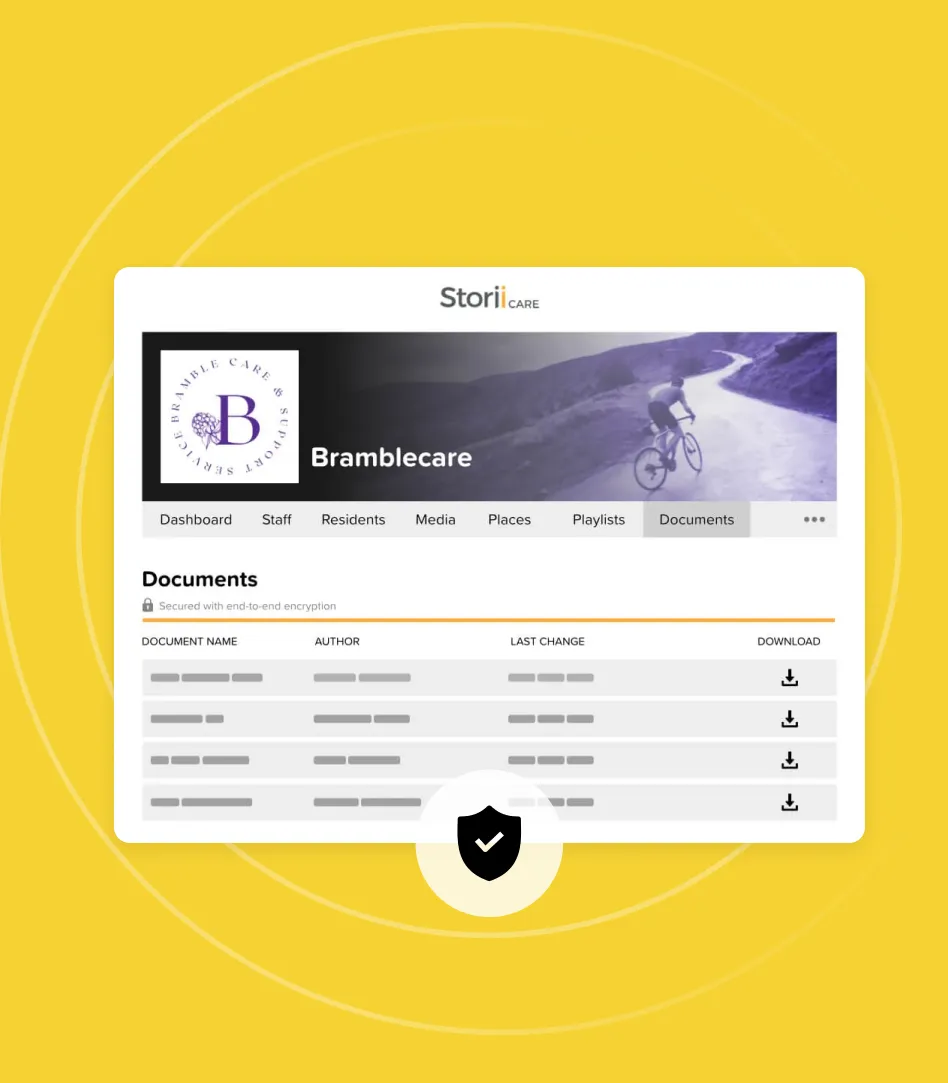Nursing homes, assisted living facilities, adult day cares, support services, respite care, home care. These are some examples of care providers who work to house or support individuals who may have additional needs. These individuals may need extra support due to their age, an injury, a disability, mental health condition, or social environment. Every provider, regardless of the service they’re offering, will be expected to provide excellent care. Part of this may involve meeting specific care outcomes or other criteria set by governing agencies. When looking to meet standards or improve upon the quality of care provided, health and social care agencies should consider documenting their service users’ life stories.
Life Stories & Quality of Care
How can documenting life stories lead to an increase in the quality of care provided?
When a healthcare team has access to the details of someone’s life story, they are better equipped to provide individualized care and support. When memories, life stories, wisdom, joys, and challenges are shared with carers, it helps them accurately assess a person’s needs, understand their behaviors and incentivizes them to provide a high level of care. This is particularly vital in residential care settings where staff are supporting residents on a daily basis. Documenting the life bios of service users:
- Provides a holistic view of the demographic being cared for, challenging commonly held beliefs or attitudes
- Promotes relationship building, which leads to better, and more personalized care outcomes
- Gives greater insight into an individual’s needs and behaviors. Knowing the cultural and social background, personal values, and life experiences of an individual helps expand understanding around how best to approach their plan of care.
- Helps individuals who are transitioning to a new care environment. This sudden change can result in feelings of isolation, loneliness and loss of identity. Life story work can be conducted to promote a welcome, caring environment and the maintenance of one’s sense of self.
- Provides crucial background information and preferences that can help defuse challenging situations and decrease feelings of boredom, anxiety and isolation. Life stories highly a person's patterns and desires, helping staff discern the best approach to care.
Life Stories & Memory Care
One study done in a continuing care setting found that access to resident life stories, or conducting life story work, helped staff make strong connections with the person’s past and present life. In cases where an individual has a form of cognitive impairment or dementia, life histories are especially important. That individual may not be able to recall much about their past experiences. However, whatever is documented prior to diagnosis or by a family member can help staff understand that person's behavior and equip them with rich reminiscence material. Used in a therapeutic setting, reminiscence activities can have wonderful benefits for older adults and people living with dementia.
Getting Started With Life Story Work
Documenting life stories can be labor-intensive. Many people find the task daunting, get busy, and never start. Thankfully, there are plenty of resources these days that can help family caregivers, healthcare professionals and individuals looking to write their life story. Programs like StoryWorth, LifeBio and Storii help make the process of capturing life stories easy and straight-forward. Searching for terms like 'Life Story Book Template' or 'Guide to Life Story Work' or 'Life Story Work Tools' will bring up results that have already been used in care settings. The best case scenario is capturing photos, videos and written stories prior to a health crisis. It is truly never too early to start documenting you, a loved one's, or a client's life story.




.png)
.png)
.png)










